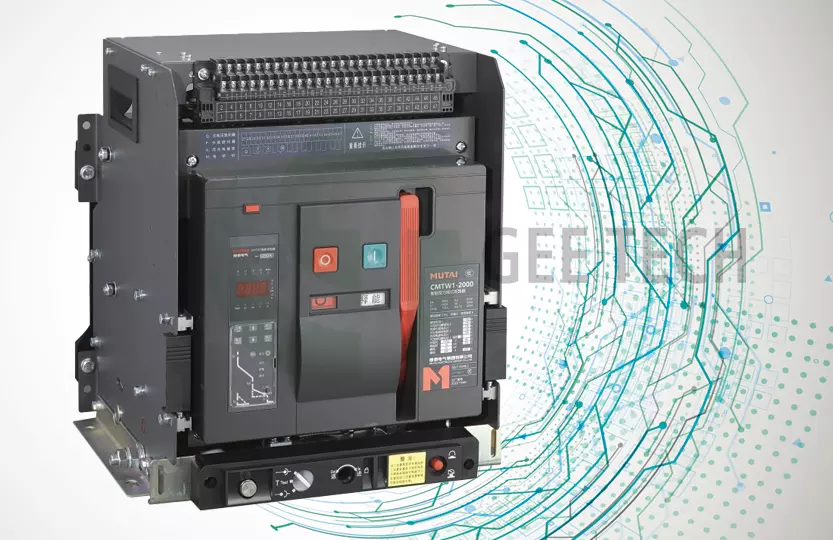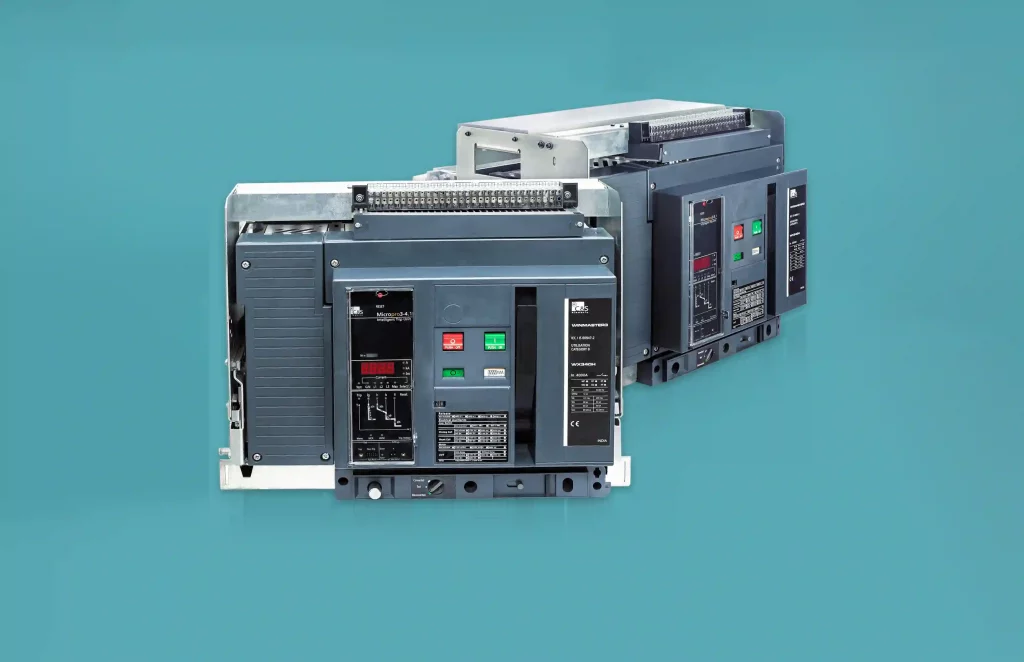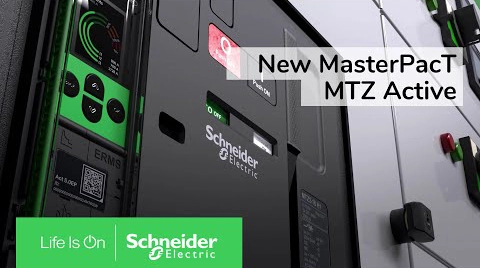
Introduction to Air Circuit Breakers
Air Circuit Breakers (ACBs) are essential components in modern electrical distribution systems, designed to protect low-voltage circuits from damage caused by overloads, short circuits, or other fault conditions. Operating typically at voltages up to 690 V AC and current ratings ranging from 630 A to 10,000 A, ACBs provide reliable protection, switching, and isolation functions in industrial, commercial, and infrastructure applications.

Unlike older oil circuit breakers, which required regular maintenance and posed fire risks, air circuit breakers use air at atmospheric pressure as the arc-quenching medium—making them cleaner, safer, and more environmentally friendly.
ACBs are commonly installed in:
- Power distribution panels
- Motor control centers (MCCs)
- Generator and transformer protection systems
- Shipboard and railway power networks
- Industrial and commercial buildings
Working Principle of Air Circuit Breakers
When a fault occurs in a circuit—such as a short circuit or overload—the ACB detects abnormal current flow through its trip unit, which immediately activates the mechanical actuator. As the contacts separate, an arc is formed, which is quickly extinguished within the arc chute by increasing arc resistance.
This “high resistance interruption” method limits fault current and protects downstream equipment. The breaker can be operated both mechanically (manually) or electrically (via remote control), providing flexibility for modern automation systems.
ACBs can be installed in fixed or draw-out configurations, allowing for easy maintenance and safe isolation during service operations.
Key Features and Benefits of ACBs
- Wide current range: Typically from 630 A to 10,000 A
- High breaking capacity: Up to 150 kA, ensuring reliable protection for large systems
- Advanced trip units: Available with electronic protection, adjustable parameters, and communication interfaces
- Modular accessories: Shunt trips, under-voltage releases, auxiliary contacts, and motorized charging mechanisms
- High reliability and long service life
- Eco-friendly operation: Uses air instead of oil or SF₆ gas
Siemens Air Circuit Breakers (ACBs)
Siemens 3WL and 3WT Series

Siemens is one of the global leaders in low-voltage protection technology, and its 3WL and 3WT air circuit breakers set the benchmark for performance, flexibility, and digital integration.
Key Features of Siemens ACBs:
Comprehensive protection: Overload, short circuit, and ground fault protection with intelligent electronic trip units (ETUs)
Digital connectivity: Integration with Siemens SENTRON and SIMARIS systems for real-time monitoring and diagnostics
Flexible design: Available in fixed and withdrawable (draw-out) versions
Compact and modular: Space-saving design for power distribution panels
High endurance: Up to 25,000 operating cycles for demanding applications
Applications:
Power distribution in industrial plants and buildings
Generator and transformer protection
Integration with smart grid systems for energy management
Schneider Electric Air Circuit Breakers
Schneider Masterpact Series (MTZ, NT, NW)
Schneider Electric’s Masterpact range represents cutting-edge innovation in low-voltage protection, combining safety, connectivity, and smart monitoring. These breakers are widely used in critical applications such as hospitals, data centers, and process industries.

Key Features of Schneider Masterpact ACBs:
Masterpact MTZ: Digitally advanced ACBs with embedded IoT connectivity and Micrologic X trip units
Masterpact NT/NW: Proven technology offering robust protection and mechanical reliability
Smart protection: Advanced measurement, diagnostics, and communication via Modbus, Ethernet, and EcoStruxure™ platforms
High breaking capacity: Up to 150 kA at 690 V
Sustainability-focused: Environmentally safe design, compliant with RoHS and global efficiency standards
Applications:
Industrial and commercial power distribution
Data centers and hospitals requiring zero downtime
Shipbuilding and transportation infrastructure
Energy management systems using Schneider’s EcoStruxure™ software
Common Applications of Air Circuit Breakers
Main incoming protection in LV panels
Feeder protection for sub-distribution networks
Motor and capacitor protection for high-current circuits
Generator and transformer backup systems
Railway and marine electrification where reliable isolation is critical
Conclusion
Air Circuit Breakers (ACBs) are the backbone of low-voltage power protection. Both Siemens and Schneider Electric offer highly reliable, efficient, and digitally enabled ACB solutions suited for industrial automation and power management.
While Siemens ACBs stand out for their strong integration with automation systems and modular flexibility, Schneider Masterpact ACBs excel in smart monitoring and IoT-enabled protection. Choosing between them depends on project requirements, system architecture, and connectivity needs.
In the modern era of smart grids and Industry 4.0, ACBs from Siemens and Schneider are not just protection devices—they’re intelligent components of a connected energy ecosystem.



















